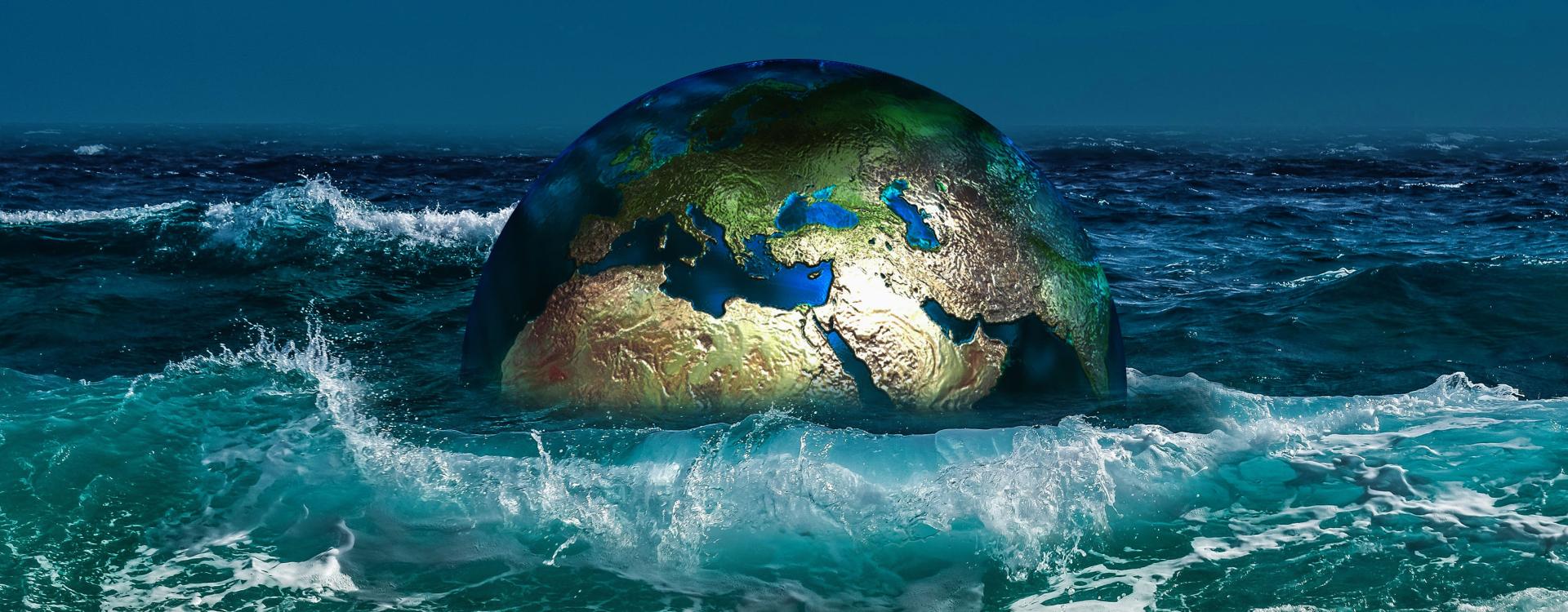
UC Santa Barbara’s Santa Barbara Coastal (SBC) LTER and Moorea Coral Reef (MCR) LTER are among the 28 sites around the world where long-term research is yielding significant insights.
“Distinguishing climate change effects arising from an increase in the frequency of abrupt events and gradual directional changes requires a long-term perspective,” said Dan Reed, a research biologist at UC Santa Barbara’s Marine Science Institute and one of the founders of the SBC LTER.
Among the information collected at the LTER sites are data on changes in air and water temperature, rainfall, sea level, novel disturbances, altered primary production, enhanced cycling of organic and inorganic matter and changes in the populations and communities.
Climate change is producing suites of different and often unique impacts in various places. The findings presented in the BioScience LTER series explore what climate change looks like across four main ecosystems: forest and freshwaters, drylands, coastal, and ocean.
At the SBC LTER, giant kelp plays an outsized role in the waters just offshore from Santa Barbara, creating submarine forests that are among the most productive ecosystems in the world. Climate change affects this productivity, in the form of rising sea temperatures and storms that can affect the ephemeral kelps’ ability to establish themselves and attract communities of fish and other sea creatures that call these forests home.
Meanwhile, the MCR LTER, located in French Polynesia, represents one of the most biodiverse ecosystems in the word, thanks to its foundation species — reef-building corals. Climate change here primarily affects water temperature, which increasingly is resulting in ‘bleaching’ of coral, which starve to death when heat stress causes them lose their symbiotic algae. More powerful storms are also destroying the habitat many organisms call home.
“While strong storms have been a major disturbance to coral throughout their geologic history, episodes of mass coral bleaching from marine heat waves are a recent phenomenon that are increasing in severity and frequency as climate change warms the ocean,” said Russ Schmitt, a professor of ecology in UCSB’s Department of Ecology, Evolution and Marine Biology and lead principal investigator of the MCR LTER site in UCSB’s Marine Science Institute.
“Our paper examines results from LTER research in kelp forests, coral reefs, tidal marshes, seagrass meadows, mangrove forests and barrier islands that demonstrate how climate change is altering the abundance and performance of coastal foundation species to affect ecological attributes and services of entire coastal ecosystems,” Reed said. “We discuss how the integrated research approach shared by LTER sites has been particularly effective in quantifying the extent to which coastal ecosystems are able to resist and recover from different forms of climate change and their capacity to adapt to climate change in the long-term.”